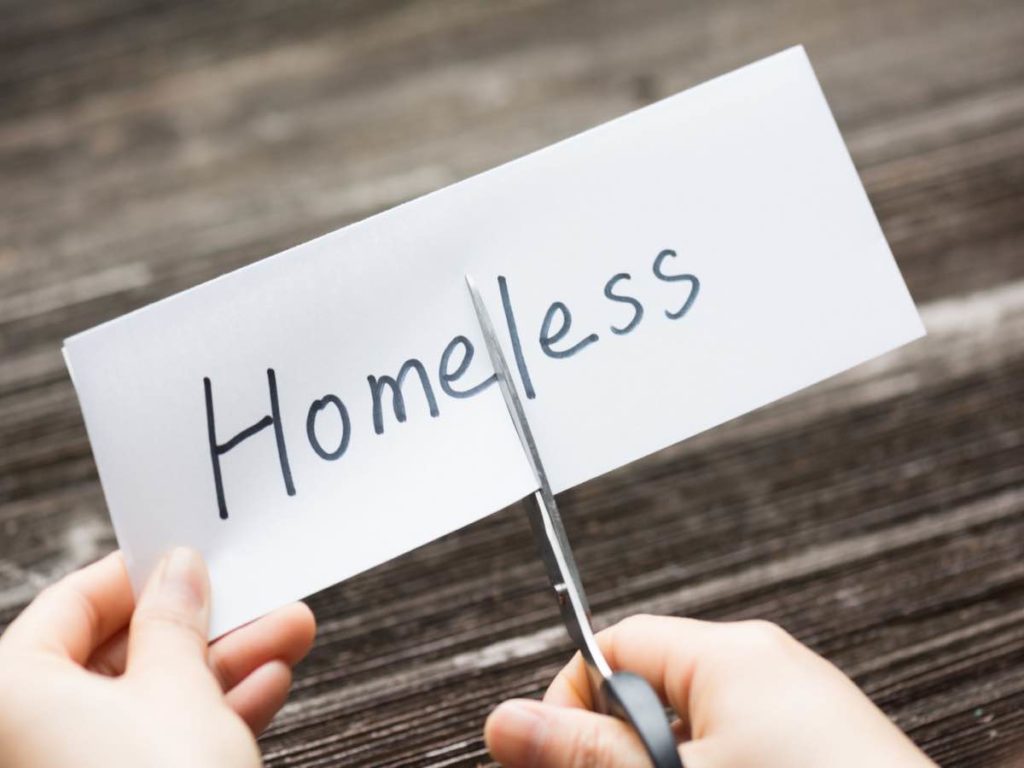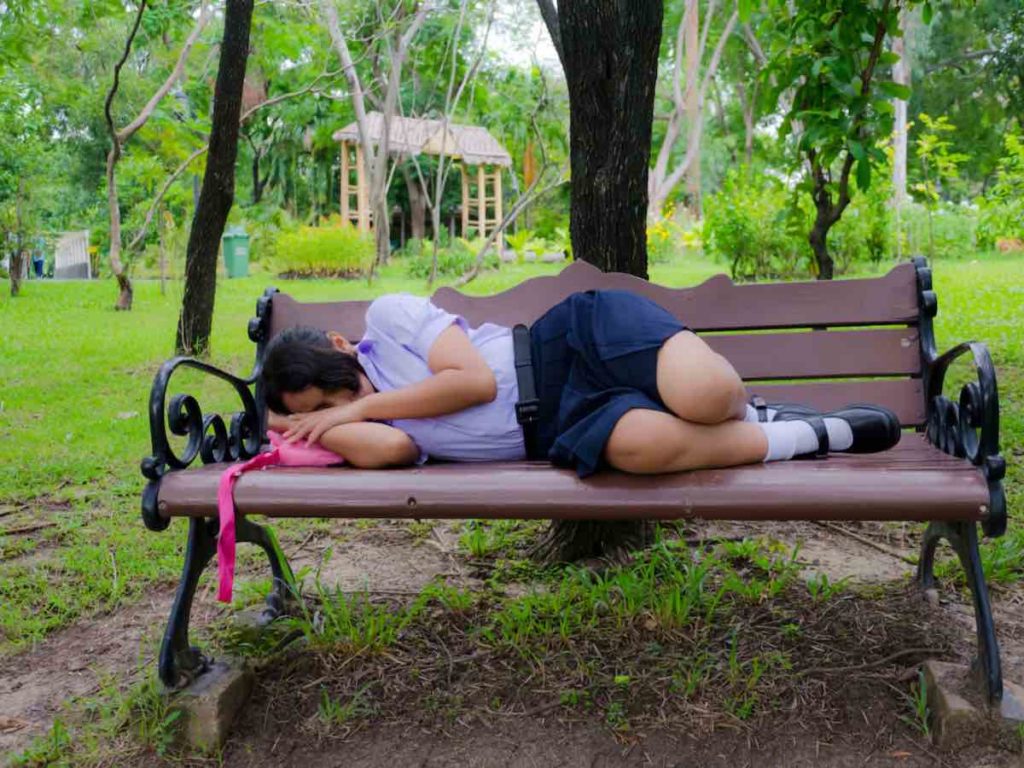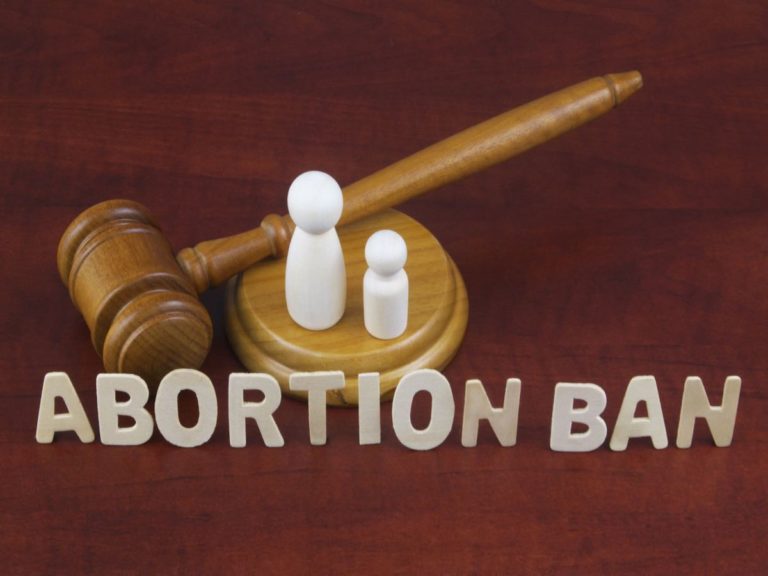College Student Homelessness Statistics (and Reasons Behind Them)
Some college students worry about getting low grades, paying for next semester’s tuition and which part-time job to get. Others also worry about these things and more, such as where they are going to sleep.
Based on the most recent data, there are more than half a million people in the country who are experiencing homelessness. Approximately 67% of them are individuals, while around 33% are families. A percentage of all homeless Americans are college students, and they are the ones we will discuss in this post.
Rates of Homelessness Similar Among Two- and Four-Year College Students
According to the most recent survey conducted by the Hope Center, which is an action research center whose objective is to transform higher education into a more effective, equitable, and impactful sector, the overall rates of homelessness among two-year and four-year college students are the same.
The Hope Center has been around since 2013. It says that, for the very first time ever in its history, the percentages of homeless students who are working on associate and bachelor’s degrees are equal: 14%.
In the past, more students at two-year institutions experienced homelessness.
Also surveyed were college students experiencing housing insecurity — a condition in which the living situation of individuals or families is tentative. So, in other words, it refers to just how close they are to being homeless. Housing insecurity is usually caused by things such as steep housing costs, poor housing quality and unstable neighborhoods.
Up to 52% of respondents at two-year institutions report going through some type of housing insecurity. On the other hand, only 43% of respondents attending four-year colleges and universities report experiencing it.
However, it’s important to note that more students at four-year schools have moved at least three times in the 12 months before participating in the survey compared to those at two-year institutions — 11% vs. 3%. And because on-campus housing is more common in four-year schools, more students there change their reopening plans at least once.

College Students Who are Considered Homeless
Refrain from assuming that homeless college students are only those who sleep on the streets and in abandoned structures or buildings. College students are also considered homeless if they live in cars and shelters. They are also homeless if they temporarily live in hotels and with family or friends.
Simply put, college students with no stable and permanent residence count as homeless.
This means that they can be staying at a relative’s house temporarily and still be regarded as homeless. This also means that they can be couch surfing with a friend and still be deemed homeless.
According to the McKinney‑Vento Homeless Assistance Act (McKinney‑Vento Act), which is a federal law that provides federal money for homeless shelter programs, a homeless person is someone who is lacking a fixed, regular and adequate nighttime residence. This definition includes those who are sheltered and unsheltered.
There is no denying that homelessness is a type of poverty. However, the two don’t share the same definition.
In most instances, college students are homeless, ultimately, as a result of the inability of themselves or their families to afford stable or permanent housing.
Four Types of Homelessness in College Students
Not all homeless college students experience the same type of homelessness. While some of them are homeless for a long time already, others are only transitionally or episodically homeless. And then there are also college students who are homeless but do not appear homeless as they do not sleep on the streets.
In order to understand so much better the situation of college students who are homeless as well as to find a sustainable solution to their problem, it’s important to know the particular kind of homelessness they face.
While there are different types of homeless people, there are also in fact various kinds of homelessness.
Transitional homelessness
Many people immediately assume that homelessness is a permanent situation. However, this is nothing but a mere misconception. Case in point: transitional homelessness.

In a nutshell, this type of homelessness is the result of a catastrophic event or major life change. Some common examples are family crisis, domestic abuse, divorce, job loss, a health condition and substance abuse. Transitional homelessness is characterized by staying at shelters or entering housing programs for less than a year.
Episodic homelessness
College students going through short periods of homelessness at least three times within a 12-month period is referred to as episodic homelessness. It’s not uncommon for those who are experiencing this type of homelessness to be younger individuals, such as those who are studying, and those with disabling conditions.
If not dealt with accordingly with the right support and adequate resources, it’s very much possible for episodic homelessness to escalate into the next type of homelessness, which is discussed below.
Chronic homelessness
Just like what the name suggests, chronic homelessness is a state of not having stable and permanent residence for a very long time — either being continually homeless for more than a year or experiencing homelessness at least four times in the last three years for a combined length of time amounting to at least a year.
The majority of chronically homeless individuals are older people and usually with a disabling condition.
As of this writing, according to the latest report by the National Alliance to End Homelessness (NAEH), chronically homeless individuals make up about 19% of the entire homeless population of the country. They are also the ones who live on the streets, in abandoned buildings, parks, underpasses and others that are not safe or suitable for living.
Hidden homelessness
What makes college students with hidden homelessness considered hidden is the fact that they are shrouded from national statistics on homelessness. That’s because, unlike most other homeless individuals, they do not live on the streets or in shelters — they live in cars, RVs, motels or the homes of their family and friends.
A lot of them are young individuals who have experienced sudden life changes, challenges or traumas. Some of the initial signs that college students are hidden homeless are sleeping over with friends or couch surfing.
Many Homeless Students Fail to Go Back to College
Besides a stable and permanent residence, college students who are homeless also face a lack of many other things, some of which can bar them from enrolling in and attending college. Knowing these challenges is important for students for better educational planning and for school administrators for the provision of better support.
Some homeless college students are able to keep on working on their respective degree programs. Meanwhile, there are also those who are no longer able to continue their studies.
A lot of things serve as barriers for these students to maintain being in school, and some of them are:

Food insecurity
According to the US Department of Agriculture (USDA), food insecurity is a lack of consistent access to enough food to be able to continue one’s lifestyle — in the case of college students, to continue their studies. College students who are homeless usually have to constantly choose between buying groceries and paying for tuition.
Insufficient funds
Not having enough money as a result of either unemployment or not earning enough can make going to college even more stressful as a degree is not the only thing they need to spend on. Many homeless college students also typically have to focus on finding a source of income rather than doing their coursework.
Transportation
Failure to have access to a robust and affordable transportation system can easily wreak havoc on the budget and the overall college experience of students without homes. Even homeless individuals attending college who live in their cars may face transportation-related hardships due to the cost of fuel.
Expensive childcare
The latest survey conducted by Care.com says that childcare is 63% more expensive than the previous year, ranging anywhere from $221 to $694, depending on the type of care warranted. This is why many homeless students with children tend to fail to keep up with college-related costs as they struggle to be able to afford childcare.
In Conclusion
Not too many college students are homeless. But for a small percentage of them, around 14% of those who attend two- and four-year institutions, it’s a matter that they have to face in short episodes or for a very long time. In either case, homelessness is something that can keep them from succeeding in college.
Related Questions
Can homeless college students apply for FAFSA?
Students in college who are experiencing homelessness or at risk of being homeless may still fill out and file the FAFSA in order to determine whether or not they are eligible for financial aid. As a matter of fact, the FAFSA will specifically ask whether students are unaccompanied (not with their parents).
What percentage of students attending UCLA are homeless?
According to a recent report, around 2% of students at the University of California, Los Angeles (UCLA) report having an episode of homelessness in the first year of college. The number of UCLA students experiencing homelessness increases to 9% in their 4th year in college.
Read Also: College Dropout Facts
Disclaimer: The views and opinions expressed in this article are those of the authors and do not necessarily represent those of the College Reality Check.





